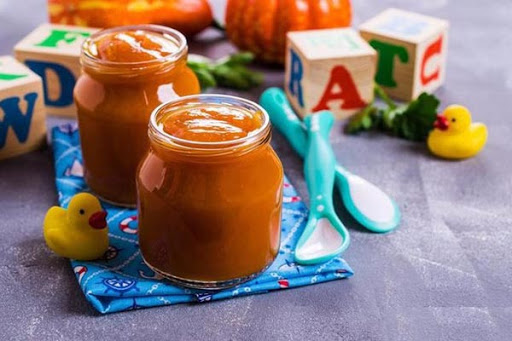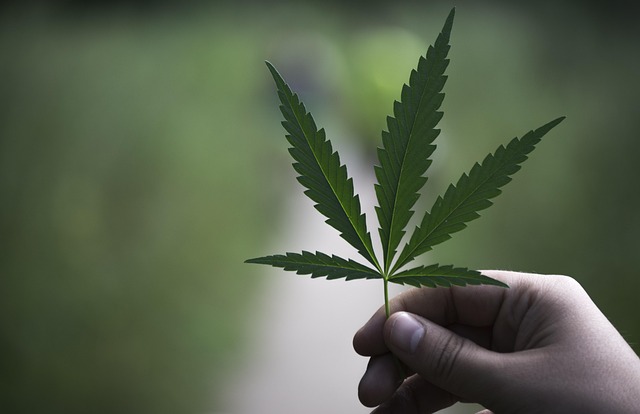Canned Food Safety- 4 Facts That Everyone Needs To Understand
 Manufactured canned foods such as beans, lentils, sauces, pasta, tuna, fruits, and vegetables are pantry staples these days.
Manufactured canned foods such as beans, lentils, sauces, pasta, tuna, fruits, and vegetables are pantry staples these days.
They are convenient to use, have long shelf lives, and promise quality as well. You may be used to picking cans and containers off the supermarket shelves without thinking twice. But food safety is most important, even if the contents appear to be prepared safely and packed hygienically in cans.
Here are some facts that you need to understand about canned food safety.
#1 Check the appearance
First things first, you need to be extra careful about the appearance of the product before you pick it from the shelf.
Skip the cans that appear dented, cracked, leaking, or have bulging lids. Also, steer clear of the ones that look dusty or have torn labels. They may have been sitting there for a long time. A look at the manufacturing and expiry dates can give you a better idea of whether you should take them.
Even if you are buying packaged foods, ensure that you pick the latest batches.
#2 Pay attention to shelf stability
Another safety essential that you cannot ignore with canned foods is shelf stability.
It refers to the period for which the contents will remain good after packaging. Fortunately, most products have pretty long shelf lives and can be stored at room temperature for reasonably long periods.
However, certain foods such as seafood and hand may not be shelf-stable and have to be refrigerated to keep them safe. It is mentioned clearly on the labels, so pay attention.

#3 Read the labels thoroughly
Canned products contain certain additives and preservatives to maintain the quality and integrity of the contents. Reading the labels is important to get a fair idea about the ones that have been used.
Look for names such as sodium hexametaphosphate (SHMP) because it is a safe and effective food quality improver for canned foods. If you find the names on the label too confusing, doing some research is a good idea to ensure that the product has only approved and tested ingredients.
Also, check dates and storage instructions on the labels.
#4 Do your bit with storage safety
While checking the safety particulars of canned products is vital, you also need to do your bit with storage safety. As a rule, follow the first in, first out approach while stocking the pantry. Use older first and then move to the newer purchases.
Follow the recommendations for the storage period and temperatures to ensure that the components do not lose their integrity over time. Generally, choose a cool and dry place to store cans.
Keep them dry to prevent rusting, as rust can cause food spoilage. Once you open the can, it is advisable to store the unused food in the refrigerator. But pour it into a glass container rather than storing it inside the can.
Ensuring food safety is imperative for good health because contaminated edibles can bring a host of health issues. You need to be extra careful with preserved and canned products because they come with preservatives and additives. These steps will have you covered, so you can cook with canned products without worrying about safety.






